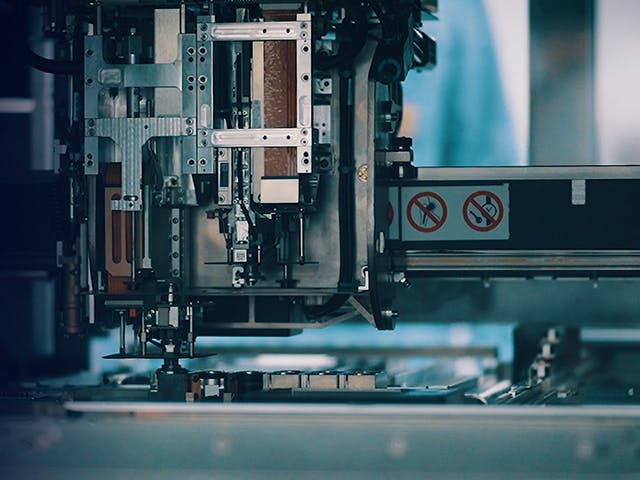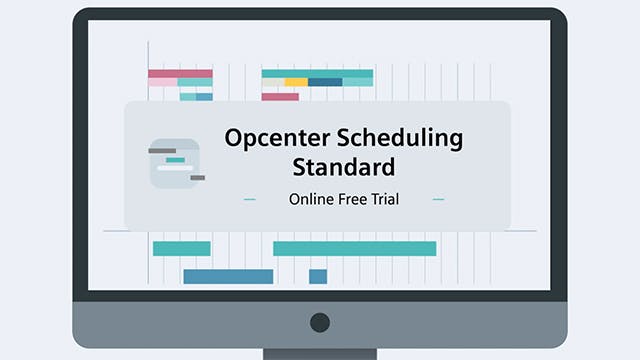Software pro pokročilé plánování a rozvrhování využívá pokročilé algoritmy k vyvážení poptávky a kapacity a generování dosažitelných výrobních plánů, což vede ke kratším dodacím lhůtám pro splnění požadavků zákazníků a snadnějším a rychlejším reakcím na neočekávané změny ve výrobě.
Dvě základní složky pokročilého plánování a rozvrhování – strategické plánování výroby a podrobné plánování výroby – pomáhají výrobcům předvídat potřeby výrobních zdrojů, organizovat efektivní využití materiálu, lidí a strojů a poskytovat cenné služby zákazníkům a vyšší ziskovost. Pokročilé plánování a rozvrhování lze použít pro dlouhodobé strategické plánování pokrývající měsíce a roky, střednědobé taktické plánování s horizontem plánování na několik týdnů a podrobné sekvencování a rozvrhování.
Pokročilý plánovací a rozvrhovací software lze použít jako samostatný systém pro řízení plánování výroby a rozvrhování výroby. Může být také integrován s Enterprise Resource Planning (ERP), Manufacturing Execution System (MES) a dalšími softwarovými řešeními.
Související produkty: Řešení Opcenter pro pokročilé plánování a rozvrhování




